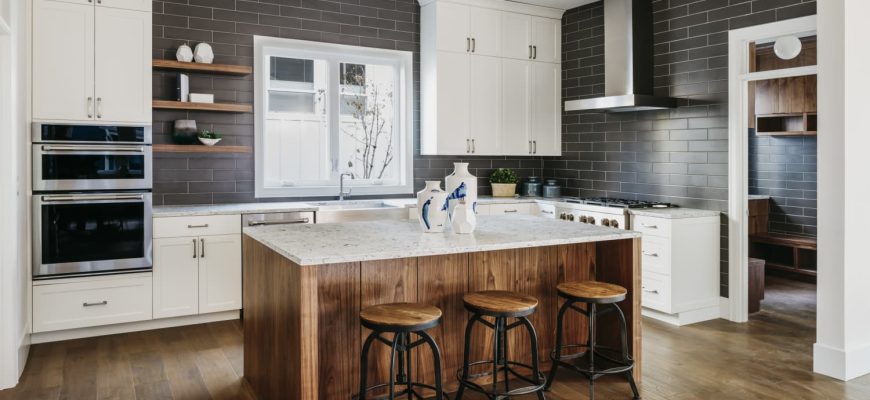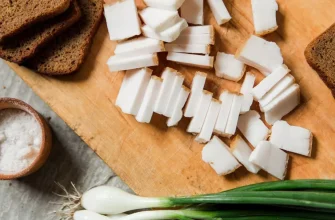We independently select these products—if you buy from one of our links, we may earn a commission. All prices were accurate at the time of publishing.
I’ve always dreamed of having a house with a kitchen island. So far, I haven’t had the chance to have such a design perk — all of my homes have been too tiny for that small bit of extra counter space and storage. One day I hope to have one; when I do, I won’t make any of the following design mistakes.
Far and away, the most egregious kitchen island error these days is the oversized, bulky island. Three real estate experts cited it as their number-one worst trend. Artem Kropovinsky, interior designer and founder of Arsight, an interior design studio based in New York; Shannon Steinberg, SEO manager of Allied Van Lines in Fort Bragg, North Carolina; and Shaun Martin, CEO of We Buy Houses in Denver, all agreed that these oversized islands make a kitchen look cramped. Plus, Martin says, buyers today are looking for a more minimalist and streamlined kitchen design — and a big island doesn’t vibe with that.
To fix the issue, Kropovinsky suggests scaling down the island size, or replacing the countertop on the island to something lighter, like stone or quartz. He also says updating the cabinetry and hardware to something sleek is a good idea.
Steinberg agrees. “You can also choose materials such as stainless steel or quartz countertops to give the space a more modern feel,” she says.
Martin adds you can even paint the island itself with a lighter color, change the lighting, or add open shelving to the sides of the island. “These small changes can make an old, ornate kitchen island look much more refreshed,” he says.
I don’t know about you, but when I picture a kitchen island, I see pendant lighting hanging above it. And that’s how it looks in many listings for older homes that haven’t been fully updated. But that trend is on the way out, says Alex Capozzolo, co-founder of Brotherly Love Real Estate.
“Although it fulfills the purpose of being pocket-friendly and acting as an element of filling the space, the trend is past its expiry date,” he says. “The reason is that it does not flow with modern kitchens and makes them appear dated and archaic if misdesigned.”
Jon Sanborn, cofounder of SD House Guys in San Diego, says that two-toned kitchen islands, which were popular a few years ago, are on their way out. Two-toned means that the top and bottom sections are painted in different colors.
“Two-toned kitchen islands are becoming dated because the top and bottom sections of the island don’t always coordinate with the rest of the kitchen’s design in the same way that a single color would,” Sanborn says. “Additionally, two-toned islands can often be too busy and overwhelming for many modern kitchens.”
It’s a quick update to fix it: Just paint the entire island one color. You can also add decorative elements like patterned tiles, which Sanborn says will help it stand out in your kitchen.
According to Tammy Tingle of Century 21 Miller Elite in Amelia Island, Florida, islands that match the color of the cabinets are a new no-no.
“A kitchen island should pop with color, as a kitchen island should be a focal point and a place where people can sit and talk over a glass of wine and a charcuterie board,” she says.
To fix it, paint it with a bold color and make sure people can sit around it. Otherwise, it’s not much more than “boring,” Tingle says.
A huge trend in kitchen counters and islands over the past decade has been waterfall countertops, where the countertop flows from the top of the counter down the side to the floor. But according to Bobby Tinoco of Century 21 Terrace Realty in Coral Springs, Florida, this trend is no more. It’s not an effective use of space, he says.
Instead, “make a nice nook for your pet like a water and food station; add shelving with seasonal accessories you can change out that tie in all the colors of the room; or finish the shelving with a cabinet door if you prefer to hide what’s being stored on the shelving.”








